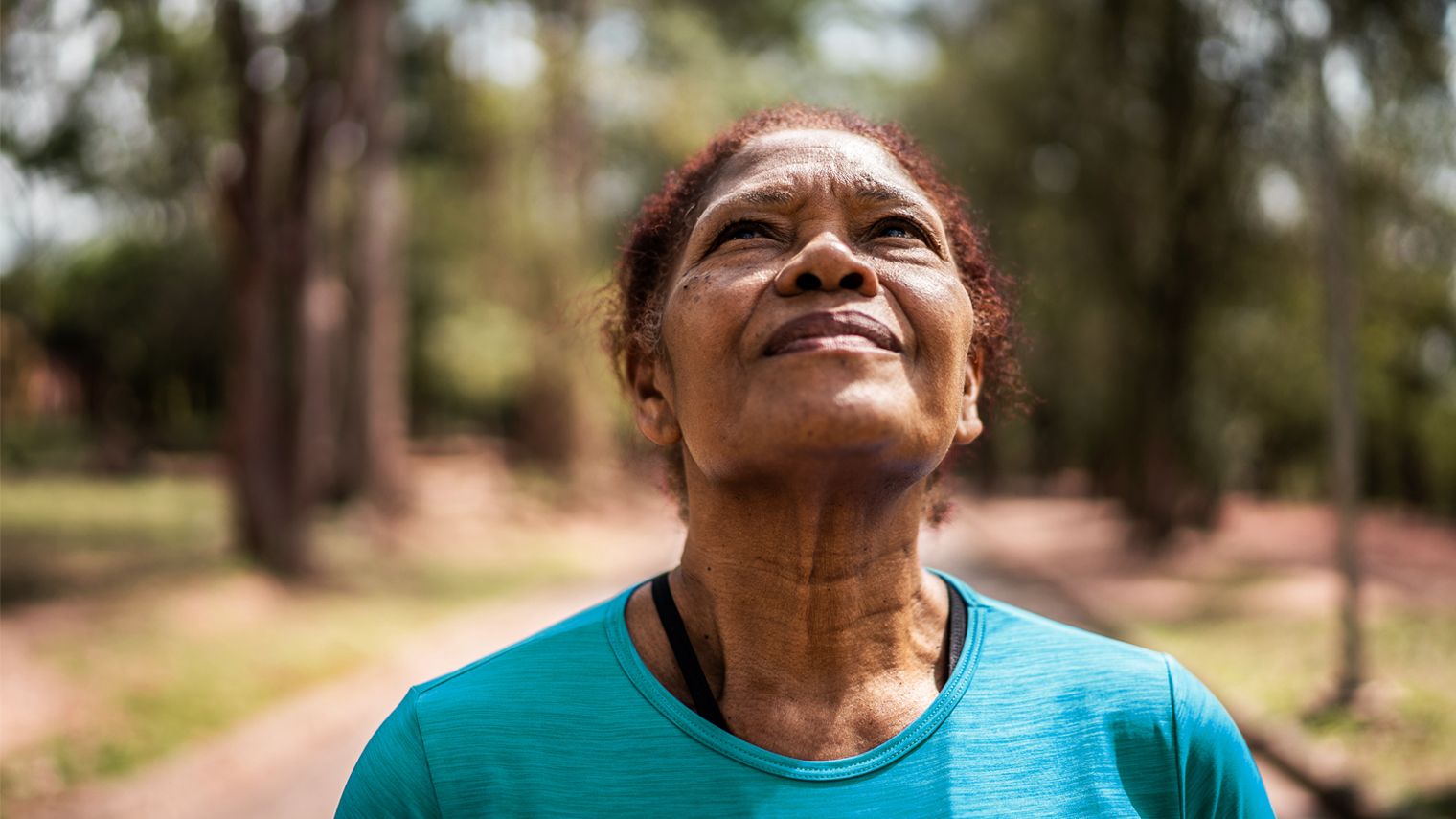What to Expect from Pulmonary Rehab
March 19, 2024
Content created for the Bezzy community and sponsored by our partners. Learn More

Photography by FG Trade/Getty Images
Pulmonary rehabilitation is a COPD treatment that includes education, breathing exercises, nutrition advice, physical activity, and emotional support.
A doctor may suggest attending pulmonary rehab to help you manage your COPD symptoms. This treatment (sometimes called respiratory rehab) includes breathing exercises, physical activity, and nutrition advice.
Here’s what to know about pulmonary rehabilitation — from the first session to the potential for long-term benefits.


What happens at pulmonary rehab?
Pulmonary rehabilitation usually takes place in a hospital or outpatient medical office. But according to the American Lung Association, there are some options for pulmonary rehab at home.
You’ll be asked to complete paperwork before your first session or when you arrive at the medical office. Your healthcare team will want to know more about your medical history and current treatment plan, including:
- anxiety symptoms
- depression symptoms
- current diet
- quality of life
- current medications you’re taking
- current exercise habits, such as how long you workout weekly
The treatment team at pulmonary rehab usually includes doctors, nurses, physical therapists, respiratory therapists, exercise specialists, and dietitians.
Think of your initial appointment as an orientation. It can last a couple of hours or longer, says Nadeem Y. Ali, MD, an interventional pulmonologist at Hackensack University Medical Center at Hackensack Meridian Health.
“Expect to spend approximately 2 hours in each session, with two to three sessions a week for anywhere from 8–12 weeks,” Ali says. “This can vary based on the patient’s condition and the facility providing the care.”
Once the team has everything to start, they’ll have you do a 6-minute walking test to measure your fit. This test was established by the American Thoracic Society in 2002. It’s a way to measure aerobic exercise.
You’ll walk at what’s a normal pace for you during the entire test while they monitor your heart and lungs. If you use oxygen, the team will help ensure you’re getting enough oxygen for the test.
“Once these assessments are complete, the team will provide the patient with some information, including reading materials about COPD and how the rehab program works, before setting up a plan to move forward,” Ali says.
This plan will likely include:
- learning more about your condition and how to manage it
- scheduling supervised exercise classes
- setting goals for improved quality of life
- practicing breathing exercises
- getting nutrition counseling
- receiving emotional support
- a smoking cessation plan if you currently smoke
Breathing exercises at pulmonary rehab
It’s true — there’s no cookie-cutter approach to pulmonary rehab. But breathing exercises are a hallmark piece of the puzzle.
“The goal of pulmonary rehab is to improve the patient’s quality of life — to be able to breathe easier when performing activities of daily living,” Ali says.
Some of the most common breathing exercises learned during pulmonary rehab sessions include:
- Diaphragmatic breathing: This technique focuses on breathing deeply using your diaphragm to expand your lungs fully.
- Pursed lip breathing: You’ll inhale slowly through your nose. Then, you’ll exhale through pursed lips like you’re blowing out a candle.
- Segmental breathing: This technique focuses on expanding and contracting different segments of the lungs, one at a time.
- Deep-breathing exercises: You’ll breathe deeply through your nose and hold for a few seconds. Then, you’ll slowly exhale through your mouth.
- Huff coughing: First, you’ll breathe deeply. Then, you’ll exhale in short bursts to clear mucus from the airways.
- Inspiratory muscle training: You’ll use devices like an incentive spirometer when trying this technique. The aim is to strengthen the inspiratory muscles, which help you inhale and exhale.
Benefits of pulmonary rehab
A 2022 research review of nearly 2,400 people suggested that pulmonary rehab can improve a person’s ability to exercise, their quality of life, and shortness of breath.
In general, the American Lung Association cites several benefits to pulmonary rehab, including:
- improved lung function
- reduced symptoms and the risk of hospital admissions
- improved quality of life
Plus, by having a care team in your corner, you’ll potentially have access to new treatments if they fit your action plan.
And while nothing is guaranteed, finding the right treatment plan might mean doing more of what you love — whether it’s spending time with family or getting outdoors. Or it could be as simple as being able to walk to the bathroom unassisted.
Takeaway
Pulmonary rehabilitation is designed with your individual needs in mind. It typically includes breathing exercises, nutrition and physical activity counseling, education on COPD, referrals for emotional support, and assistance with smoking cessation if needed.
The goal is to help you manage your symptoms and improve your quality of life.
Medically reviewed on March 19, 2024
4 Sources


Like the story? React, bookmark, or share below:
Have thoughts or suggestions about this article? Email us at article-feedback@bezzy.com.
About the author